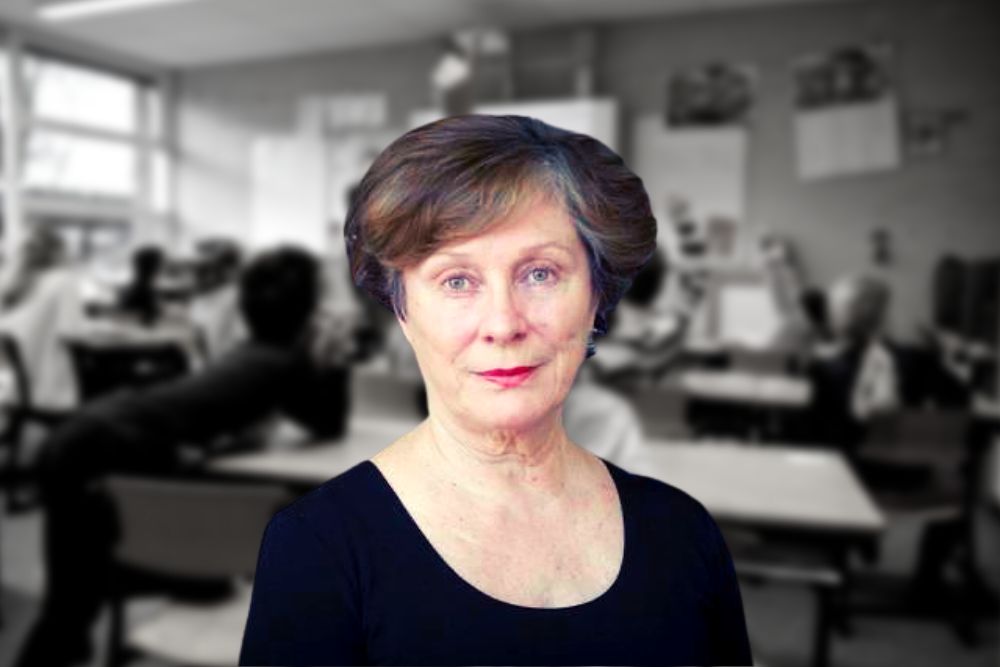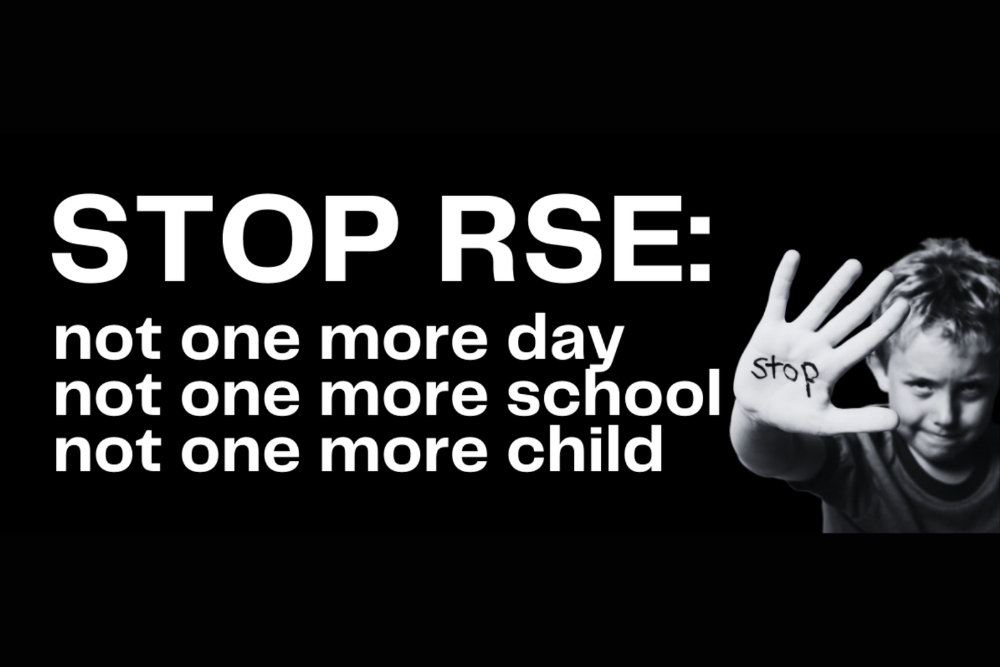By Elizabeth Rata
The intelligence of the New Zealand population increased during the 20th century. Nutrition played its part but so too did education. Young people were taught the abstract knowledge of academic subjects and in the process developed secondary intelligence.
Since the 1990s, the emptying out of prescribed academic knowledge from the national curriculum is likely to reverse the trend.
It’s a sobering thought that the population in the 21st century may be less intelligent than our 20th century predecessors.
Academic knowledge makes us intelligent. How is this incredible feat achieved? The answer lies in the abstract nature of subjects derived from the disciplines of the sciences, humanities and arts. It is abstraction (or separation) from the everyday world of experience which gives academic knowledge both its intelligence-building power and its difficulty. Because academic subjects are necessarily difficult they need to be taught by expert teachers. For their part, children must bring hard work and effort to the job. Parental support is vital for this mammoth task of intelligence building. There are no short-cuts for anyone involved.
So what makes academic knowledge the ‘intelligence builder’? By ‘intelligence’ I mean an individual’s secondary thinking–the thinking that is self-consciously rational and very different from primary commonsense intelligence. Humans have lived for millennia with the primary thinking needed for survival. It remains essential today as we pick up the everyday socio-cultural knowledge of the family and community. We must have this primary thinking ability but we can in fact do without complex abstract knowledge and its generating secondary intelligence. We can do as our ancestors did, rely on knowledge acquired from observation and experience and bounded by the limits of primary thinking. The question is – do we want to?
How academic knowledge builds secondary intelligence
Academic knowledge consists of abstract concepts that are structured into increasingly complex patterns. Engaging with these abstractions forces our minds to think about ideas that we can’t ‘see’ in real life. Abstractions are an assault on the senses – our primary thinking wants to ‘see’ the idea as real-life matter. Try thinking about an ‘atom’ for example. We can’t ‘see’ it. We can only think about it as a concept in a pattern of connecting concepts such as ‘molecule’, ‘particle’, ‘chemical element’.
Students need to know the abstract concepts themselves, the symbols for the concept (for children these symbols are initially words and numbers), and the way those concepts are structured into logical patterns. This structuring happens in two ways. The first is when abstract concepts are connected to related concepts as with the ‘atom’ example above. These connections create a network of logical patterns that ‘pull together’ to create a meaning deeper than if the concept was on its own.
The second is when those concepts are connected to material content (i.e. physical or social real-life matter). When I designed a topic about the biology of butterflies for year 3 children I chose ‘metamorphosis’ as the central concept. I linked that idea to the material content of egg, larva, pupa, and adult stages. That material content helps the child to ‘see’ the unseen logic which connects the stages of a butterfly’s ‘metamorphosis’. The child is also able to generalise this abstract idea to other insects.
By adolescence, youngsters have more abstract patterns in their secondary thinking (if primary schools have done their job and laid the necessary solid foundation). They are less reliant on the concept’s connection to matter. Indeed by the senior years they can ‘see’ highly complex abstractions. We know from studying highly abstract subjects like mathematics, physics, languages, and literary criticism that there is no easy path to building the secondary intelligence required to understand abstractions. It requires long years spent at school. It requires the fortitude to deal with this uncompromising, yet deeply fulfilling, knowledge.
Secondary intelligence is built in over-lapping processes that link knowledge to the mind, mind to the brain, and mind to material objects. If that isn’t complex enough, there is a further step to take. We can’t think about these abstract ideas without their symbol. We can only ‘get into’ abstract concepts via their symbol. The most common symbols are alphabetical ones, but mathematical, scientific, musical, and digital ones also part of the mix.
To return to my butterfly example – the 3-year-old child knows the spoken word ‘butterfly’ but in her year 3 ‘Biology of Butterflies’ topic she is taught the alphabetical symbols ‘metamorphosis’ and ‘invertebrate’ (as well as how to pronounce and spell the words – language conventions are essential to acquiring the symbol). Knowing these literacy symbols is the only path into acquiring abstract concepts. Without academic subjects, literacy is unanchored to the meaning of the written word and to meanings expressed in other symbolic forms such as scientific notation. Given our country’s abandonment of academic subjects for all, it is unsurprising the New Zealand’s literacy and numeracy standards are in free fall.
The curriculum and democracy
Building students’ secondary intelligence means that teachers must not only teach academic subjects, but those subjects must first be designed to capture the unseen logical patterns within networks of abstractions. No single school can design such a coherent and cumulative curriculum. Nor should it have to. Curriculum development is the nation’s responsibility. Knowledge worth teaching to some is worth teaching to all.
A well-designed national curriculum of prescribed academic knowledge is the only way to ensure that all New Zealand children are taught the knowledge that builds secondary intelligence. It is the intelligence needed for a modern democratic society. This is the case because democracy is itself an abstract idea – built on networks of abstractions such as freedom, equality and citizenship.
The alternative is returning to the pre-modern world of our ancestors. The tribal world managed successfully using primary thinking. This is because kinship relations are material not abstract – we can literally ‘see’ our relations. In contrast, democracy is justified by abstract ideas and abstract relationships – the main one is that of citizenship. For us to understand these abstractions, we must have secondary intelligence.
Elizabeth Rata is a professor of education at the University of Auckland and a founding member (in 1987) of Te Komiti o Nga Kura Kaupapa Māori o Tamaki Mākaurau
By Professor Elizabeth Rata from The Democracy Project under CC BY-ND 4.0.










